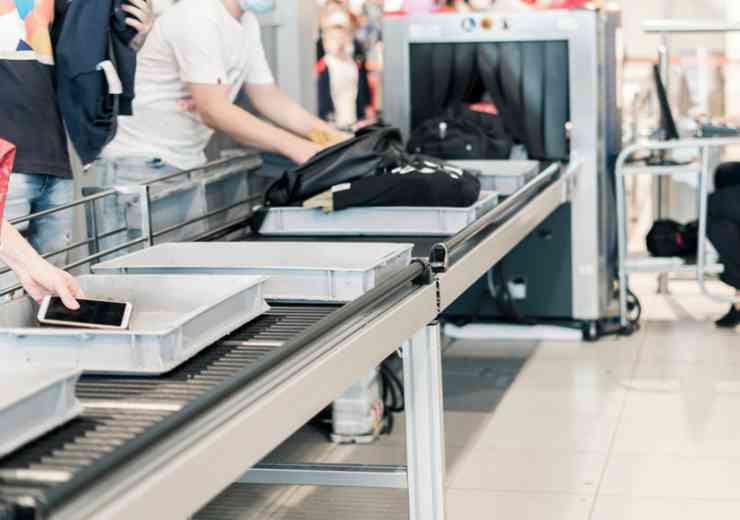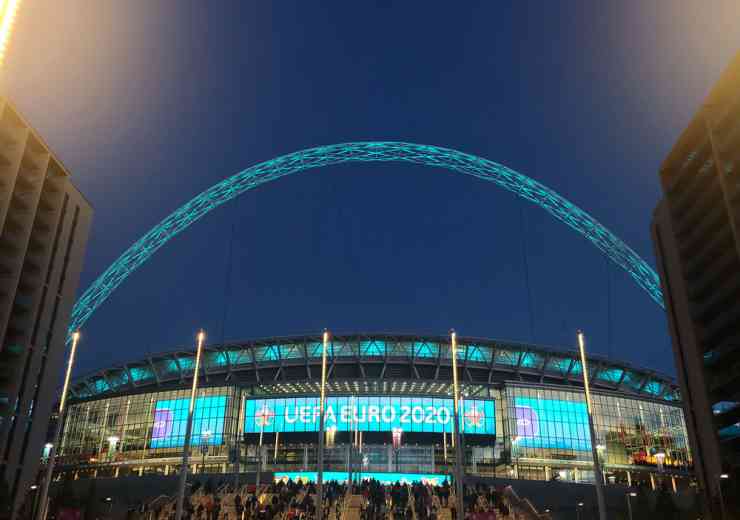Research investigates use of Live Facial Recognition in Met

Independent research into the Met’s deployment of facial recognition has been published by The National Physical Laboratory.
The study, which was entitled ‘Facial Recognition Technology in Law Enforcement’, tested the accuracy, in operational conditions, of the algorithm used by the Met in terms of different demographics.
The research found that there are settings the algorithm can be operated at where there is no statistical significance between demographic performance.
It was also found that when used at a threshold setting of 0.6 or above, correct matches (True Positive Identification Rate) were 89 per cent. The incorrect match rate (False Positive Identification Rate) was 0.017%. The chance of a false match therefore, is just 1 in 6000 people walking past the camera.
When used at a threshold setting of 0.6 or above, any differences in matches across groups were not statistically significant - meaning performance was the same across race and gender.
With regards to Retrospective Facial Recognition, the true positive identification rate for high quality images was 100 per cent.
The Met says it will use "Facial Recognition Technology as a first, but significant, step towards precise community-based crime fighting."
According to the Met: "Live Facial Recognition (LFR) enables us to be more focussed in our approach to tackle crime, including robbery and violence against women and girls."
Lindsey Chiswick, director of intelligence for the Met said: “Live Facial Recognition technology is a precise community crime fighting tool. Led by intelligence, we place our effort where it is likely to have the greatest effect. It enables us to be more focused in our approach to tackle crime, including robbery and violence against women and girls.
“This is a significant report for policing, as it is the first time we have had independent scientific evidence to advise us on the accuracy and any demographic differences of our Facial Recognition Technology.
"We commissioned the work so we could get a better understanding of our facial recognition technology, and this scientific analysis has given us a greater insight into its performance for future deployments.
"We know that at the setting we have been using it, the performance is the same across race and gender and the chance of a false match is just 1 in 6000 people who pass the camera. All matches are manually reviewed by an officer. If the officer thinks it is a match, a conversation will follow to check.
"The study was large enough to ensure any demographic differences would be seen. However, he has also been able to extrapolate these figures to reflect results more representative of watch list size for previous LFR deployments.”
Image by Joseph Mucira from Pixabay
digital issue




















